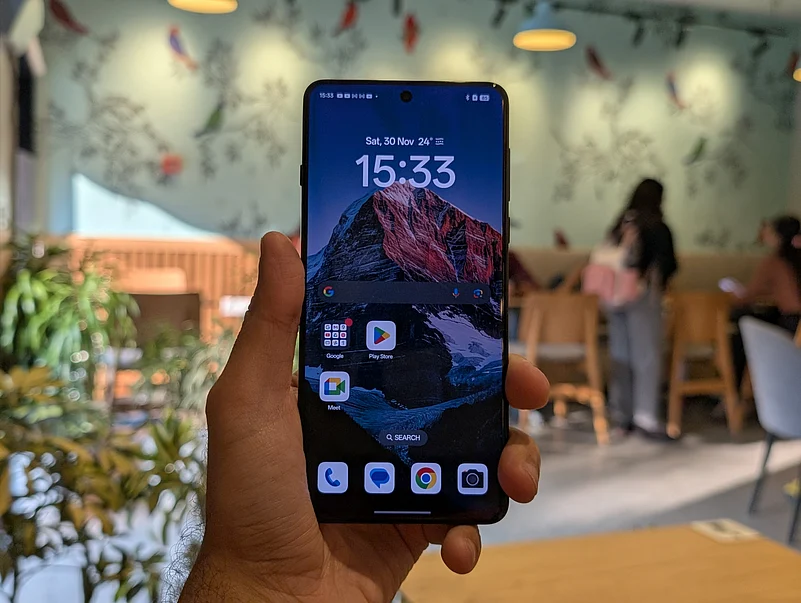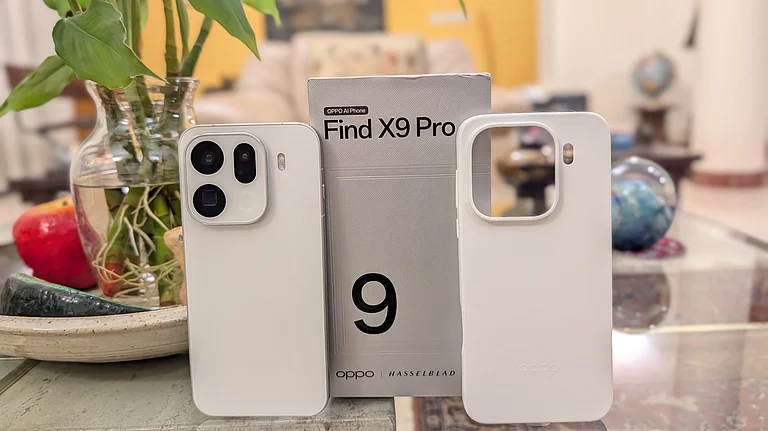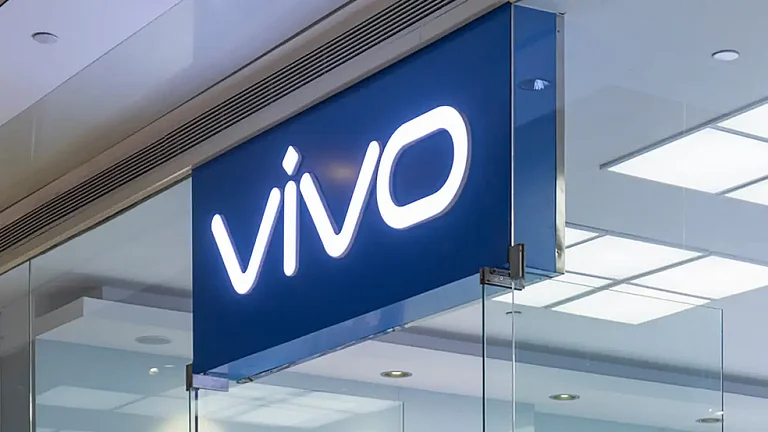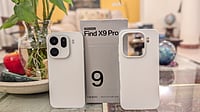Thank you, Oppo, for making good on your promise. When the Find X7 Ultra was released in China, we knew it’d never see the light of day outside that country. Having had the privilege of testing it, and snapping over 3,000 photos, I was smitten by the device. At that time, Oppo promised that the upcoming Find X8 Series would be unleashed globally. Fast-forward to November, the Find X8 and Find X8 Pro have been launched globally, including India.
The Find X8 is available in two variants and two colours: Space Black and Star Grey. The 12GB + 256GB model retails at Rs 69,999, and the 16GB + 512GB variant is priced at Rs 79,999. Meanwhile, the Find X8 Pro, in a single 16GB + 512GB variant, is priced at Rs 99,999. The Find X8 Pro is also available in Space Black and Pearl White colourways.
I’ve been testing the Find X8 Pro for a while now, and I’ve been largely impressed by the device. There’s plenty to cheer for the Find X8 Pro. It has hardware that’ll impress, a design that’ll feel good in the hand, and a camera system (dual telephoto modules), one of the most versatile smartphones on the market.
Let’s dive in!
While the Find X6 Pro and Find X7 Ultra (both of which were not released in India) had a similar design language, Oppo decided to shake things up with the FInd X8 Pro. There are flatter sides now. Even the camera bump has been flattened out. There’s a glass back, and the smartphone has a silky finish. Thanks to the quad-curved display, the smartphone feels better when it is held (both vertically and horizontally). That said, the camera bump is still pretty massive, and overall, the phone doesn’t do much to stand out from the crowd.
Despite having a larger battery size at 5910mAh, the Find X8 Pro is ever so slightly (6g) lighter than the Find X7 Ultra. The textured ring that sits underneath the camera housing (with an H for Hasselblad in the middle) makes the design unique. One thing I noticed and liked is that the in-hand feel is good thanks to an even weight distribution.
Sadly, this smartphone only comes in two colourways (as mentioned above), and that’s a bit of a dampener in an otherwise good design. To be honest, I’m not sure which of the two I prefer, but maybe the Pearl White will stand out more than the other.

You get the alert slider, which, if you’ve used a OnePlus or Oppo phone before, is a must-have feature! But, hallelujah, we have a new button! Yes, Oppo follows Apple’s lead in introducing a dedicated camera button. It’s eerily similar to Camera Control on the iPhone 16 Series. It’s a haptic and not a physical button. It can be used to launch and then take photos. Unlike Apple’s take, the button on the Find X8 Pro is fairly hidden and unnoticeable. It also allows for zoom level adjustments.
The 6.78-inch AMOLED panel (120Hz refresh rate and 1,600 nits peak brightness) is a delight. You can set the display to FHD and QHD resolution, and it comes with an adaptive refresh rate that can go between 1Hz and 120Hz. For HDR content, the peak brightness is a whopping 4,5000 nits. There’s support for Dolby Vision and HDR10+.
The colours pop, the contrast levels are excellent, and the text is razor-sharp. The viewing experience is quite good, and the viewing angles are superb. Having binged several shows, along with the Australia and India Test match, this is one of the best displays (barring foldable smartphones) for consuming content. There are also many customisation options so it can be set according to your colour preferences.
The stereo speakers get loud and hardly distort, and the slim bezels add to the viewing experience.
How does the Find X8 Pro perform?
Let me just get this out of the way. I have one major complaint about the Find X8 Pro and Color OS. I don’t know what the bottleneck is, but I couldn’t get games to run above 60fps. Maybe someone else has a better explanation.
Now that that’s out of the way, let’s talk Oppo and MediaTek. For the Find X8 Pro, Oppo decided to go with the flagship Dimensity 9400 from MediaTek. It’s manufactured using TSMC’s 3nm process. This time, MediaTek is going toe-to-toe with Qualcomm (and the Snapdragon 8 Elite).
Simply put, the Oppo Find X8 Pro is no slouch. It’s blazing fast. In daily use, I never noticed a lag or a stutter. Multitasking was satisfying (thanks to 16GB of RAM), and the smartphone never ran hot.
The Find X8 Pro runs Color OS 15 (based on Android 15) out of the box. It has clean software, has modern aesthetics and comes with less bloatware than before. Some say it is an iOS copycat (something I’m not a fan of), and they wouldn’t be wrong. Just take a look at Oppo’s split notifications and toggles feature. You can select a unified notification option, but still. But yes, there are a lot of customisation options present. Couple that with Oppo’s built-in AI suite, and you will have a winning OS.
Battery life, you ask?
The Find X8 Pro features a huge upgrade vis-a-vis the Find X7 Ultra. The battery capacity has been upped to 5910mAh (thanks to a new silicon-carbon tech), and it easily lasted me a day and then some. I was never left with anything under 20 percent when I was ready to hit the sack. This was done with a continuous 5G connection, some hotspot usage, many YouTube videos, constant messaging, and more. Even with heavy usage, I could reach lunchtime by the next day.
It's safe to say that the Find X8 Pro is a battery champion. Oppo may have gone from a 100W charging in the Find X7 Ultra to an 80W charger, but it’s still supremely fast. It takes just over 50 minutes to go from empty to full. In fact, the PD charging capacity has been bumped up to 50W. This means that I needn’t use the bulky charger in the box anymore, which makes me really happy.
If you’re a fan of wireless charging, you’d be happily pleased to know that the Find X8 Pro supports 50W wireless charging. There’s also a new magnetic charging accessory, but I haven’t been able to test it out yet!
The star of the show: cameras
Despite a downgrade from the Find X7 Ultra, the Find X8 has one of the best camera setups in any smartphone I’ve tested recently. There are four 50MP cameras at the back. There’s the main 50MP (Sony LYT-808 with OIS), the 50MP wide-angle sensor (Samsung JN5), a 50MP telephoto (Sony LYT-600 with 3x optical zoom) and a secondary 50MP telephoto (SOny IMX858 with up to 6x optical zoom). The phone features Oppo’s HyperTine Image Engine (which uses AI chops) to boost clarity and dynamic range.
There’s also AI-assisted zoom (beyond the 10x mark), in case you want enhanced zoomed-in photos. Thankfully, OIS is present on three of the cameras, barring the wide-angle lens.
Last but not least, Oppo has made one significant change. Using burst mode, change this time. The Find X8 Pro can take phoobjects using a burst mode. You can take up to 200 shots in burst mode, and according to the company, they’ll all have the same quality. All four cameras can shoot 4K60 Dolby Vision footage.
Yes, with all that camera hardware, the Find X8 Pro takes brilliant photos in most situations. Daylight photos come out the cleanest, with excellent detail, dynamic range, and minimum noise. The wide-angle lens surprised me the most, as it holds its own against the primary sensor. The photos from the main sensor and the wide-angle lens showcase the depth of the camera hardware.
One other thing that keeps on impressing me about Oppo’s flagship smartphones is the portrait mode. It’s the mode I use the most, as I love taking photos of humans and dogs. The portrait shots come with excellent background separation, and the tonal and colour balance are on point. This is thanks to Oppo's collaboration with Hasselblad. The natural colours from the portraits are the icing on the cake. There are a lot of styles on offer, including my favourite black-and-white.
The only time the camera falters is when I am shooting in low light. In low-light situations, the primary sensor shines brightest. But when using the portrait mode, the phone stumbles a little. The shutter isn’t fast enough at night to capture portraits of humans (unless they are very still), and the resulting images come out blurry.
That said, taking photos of buildings in the nightlight was fabulous. I loved the way the images came out. The photos have plenty of details and stay true to natural colours.
There are a number of AI-assisted camera features on the phone (like on plenty of other rival smartphones), including AI Eraser, AI Clarity Enhance, AI Unblur, and more.
Let’s put it simply. The Find X8 Pro has one of the best camera setups available today on any smartphone. The upcoming Vivo X200 Pro is a serious contender to watch out for.
One hopes that there is a Find X8 Ultra and that the 1-inch module returns. If not, then the Find X8 Pro has taken two steps forward but one major step backwards.
The Find X8 Pro’s cameras outshine those of Google and Samsung in versatility and depth.
Verdict: Worth your hard-earned money?
Honestly, the Find X8 Pro is a hard sell at Rs 99,999. Samsung, Google and Apple are brands that people mostly buy in this range. That said, the Find X8 Pro is a fantastic phone. It’s got a great camera setup (including taking the best portraits), a top-of-the-line hardware package, a tremendous display and viewing experience and epic battery life.
Yes, there are some downsides, like the limited gaming experience and the software. The software, which includes bloatware, can be fixed with a software update. Some people may also think that Oppo is losing its charm with its non-distinctive design. But it is thinner and lighter (even with that massive battery upgrade), and that’s certainly a plus point.
There’s one thing to watch out for. The upcoming OnePlus 13, which has a lot in common with the FInd X8 Pro, will likely be cheaper in India when it launches in a month or two. Then there’s the Google Pixel 9 Pro, iPhone 16 Pro, and others to contend with.
Finally, I think the Find X8 Pro packs a flying punch. Its more aggressive pricing may have landed the knockout blow, but it’s still worth being on top of your shopping list for now.





























